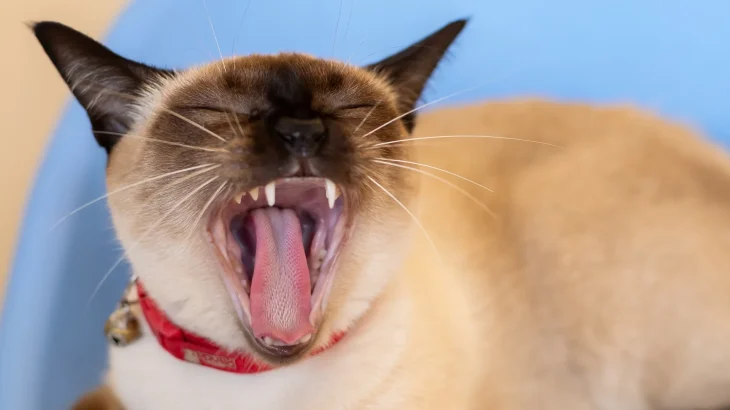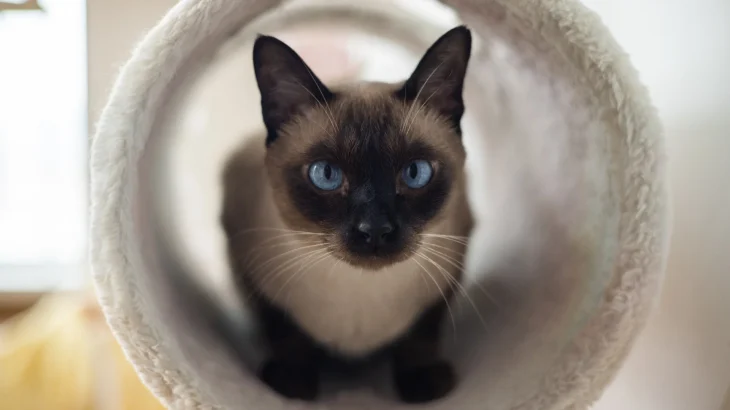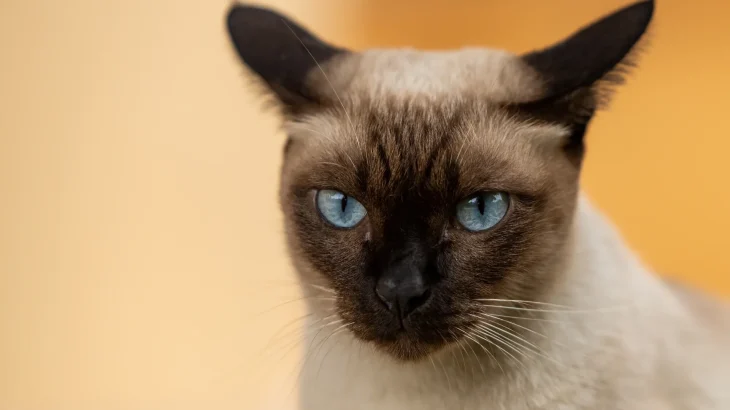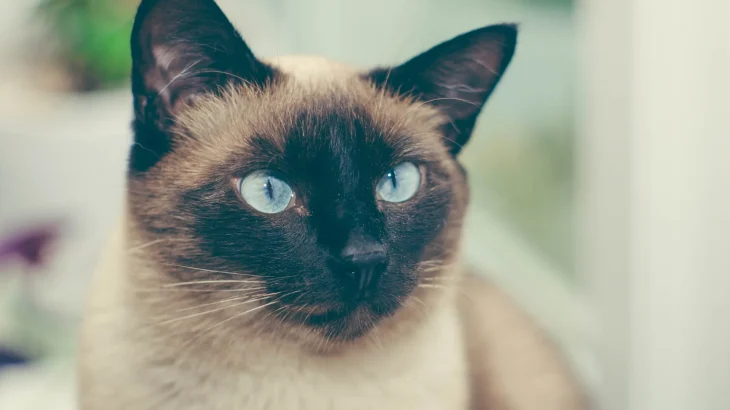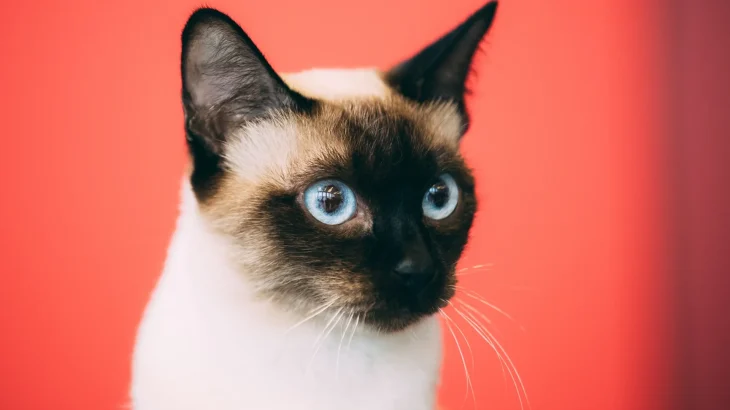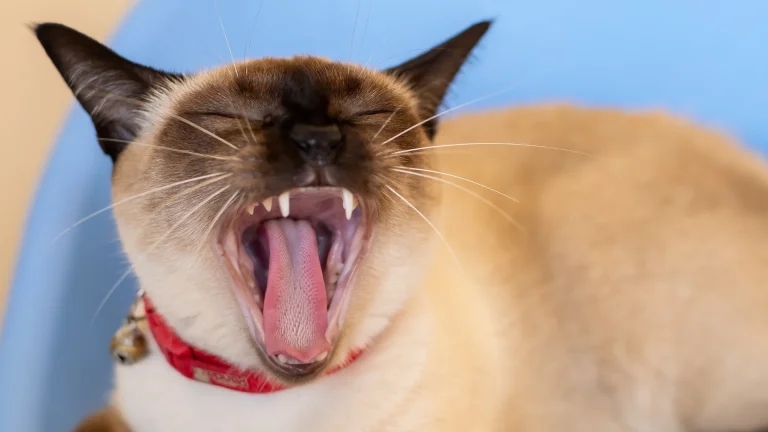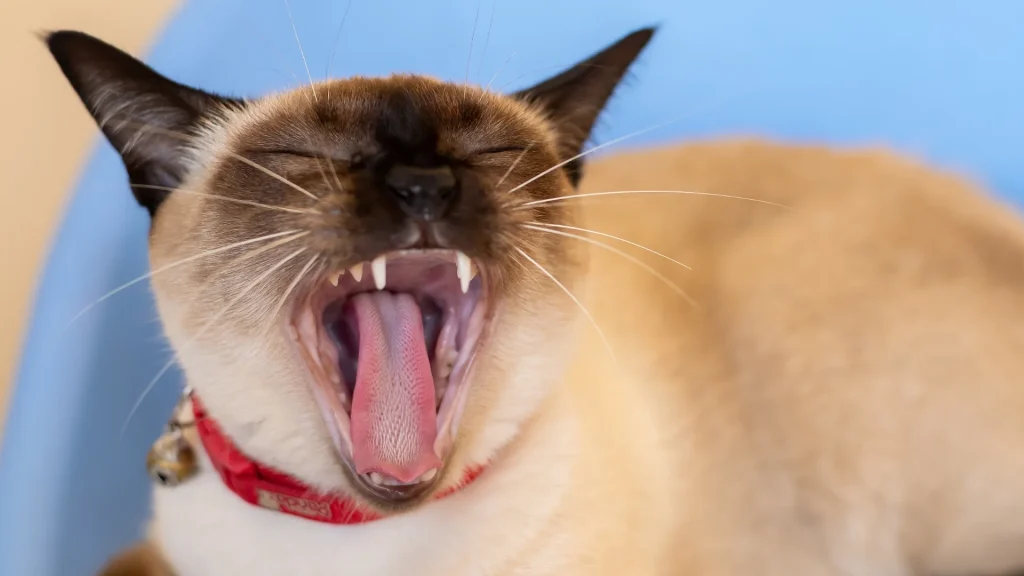Deciding whether to adopt or purchase a Wichien Maat kitten means weighing benefits like health transparency, ethics, and support. Buyers usually get detailed pedigree and health info, while adopters provide homes for cats who might otherwise be overlooked. Both choices have value depending on your priorities.
| Criteria | Buying from Breeder | Adopting from Shelter/Rescue |
|---|---|---|
| Cost | Higher initial cost due to purebred status and breeder expenses. | Lower adoption fees, often much more affordable. |
| Health History | Comprehensive records and genetic screenings generally provided. | Health history may be limited; shelters offer basic veterinary checks. |
| Age Availability | Usually available as kittens, allowing early bonding. | Varied ages available, including kittens and adults. |
| Temperament Insight | Breeders can offer lineage and socialization insights. | Shelter staff share behavioral observations, though full background may be unclear. |
| Supporting Practices | Helps preserve breed standards with responsible breeders. | Promotes animal welfare by rescuing cats and reducing shelter populations. |
| Ethical Considerations | Verify breeder ethics to avoid supporting bad breeding. | Adoption avoids contributing to breeding demand and promotes rescue. |

